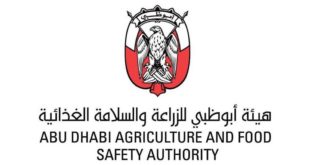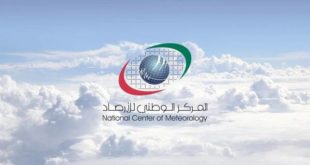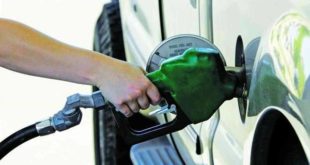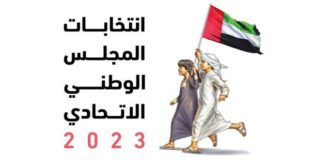While spraying a farm required a tractor with a 500-gallon tank of pesticides and fertilizers, getting the job done became easier and faster when it came to a drone with a tank capacity of no more than 8 gallons of pesticides.
In light of the technical development, this aircraft, which weighs no more than 80 pounds, sprays a light mist on agricultural crops, from a height of only 10 feet. Many of these crops, such as tomatoes, onions, peaches, and others, have become vulnerable to climate change in a number of regions around the world.
Many farmers abandoned tractors and resorted to drones, adapting to the high cost of chemicals, high temperatures, heavy rains, and many pests.
Farmers in America have been using this type of aircraft over the past 20 years, for the purposes of taking pictures and surveying farms from the air, to learn about the condition of crops and whether they are thriving or wilted.
Companies specializing in the manufacture of drones are now producing specially designed drones to manage crops and carry out tasks that include spraying pesticides, herbicides and fertilizers with high efficiency, and even planting grain in seasons.
The American company Hailio, which specializes in the manufacture of unmanned aircraft, described this type of agricultural aircraft as a flying tractor.
The Houston-based company has seen a surge in demand for its aircraft over the past 3 years, with about 700 aircraft currently in operation and processing an area of about 700,000 hectares annually.
The agricultural crops sector is witnessing a clear transformation, which means that investors and leaders of industrial agriculture must join this major transformation in the food crops trade. Drones may pose a threat to the tractor sector, and unlike many high-tech agricultural trends, this shift brings many benefits to small farmers, and is considered a great gain for the planet.
These planes help reduce the use of agricultural chemicals by up to 15%. They also make it possible to work on farms after rains and avoid damage to crops and soil erosion due to the use of tractors.
These aircraft also consume less than 10% of the energy consumption of tractors, in addition to that they do not destroy crops or even touch the soil. In addition to the high efficiency of the drones, they contribute to reducing the overall cost, especially since their maintenance and operation are very easy and simple.
The advantages of these planes are not limited to the sophistication of their devices, but they are equipped with software that enables them to use computer vision to know exactly when and where fertilizer is needed for each individual plant, rather than covering the entire farm.
Drones are not likely to completely replace tractors any time soon. And its limited payload, at just 20 gallons, is nowhere near covering the hundreds of pounds per hectare of fertilizer required between one harvest and the next. But it is certainly able to replace the aircraft, which are still spraying fungicides and plants, in very large areas and at a high cost.
And unlike airplanes, which often spread fertilizers out of the field when sprayed, these fertilizers are concentrated directly on top of the target crops when sprayed by drones.
Although large tractor-producing companies such as the American Deer & Company and the Indian Mahindra & Mahindra recognize the advantages of drones in the agricultural sector, their investments in this field are very scarce, compared to the $52 billion Deer & Company empire.

 Media ININ Economy We Trust
Media ININ Economy We Trust







